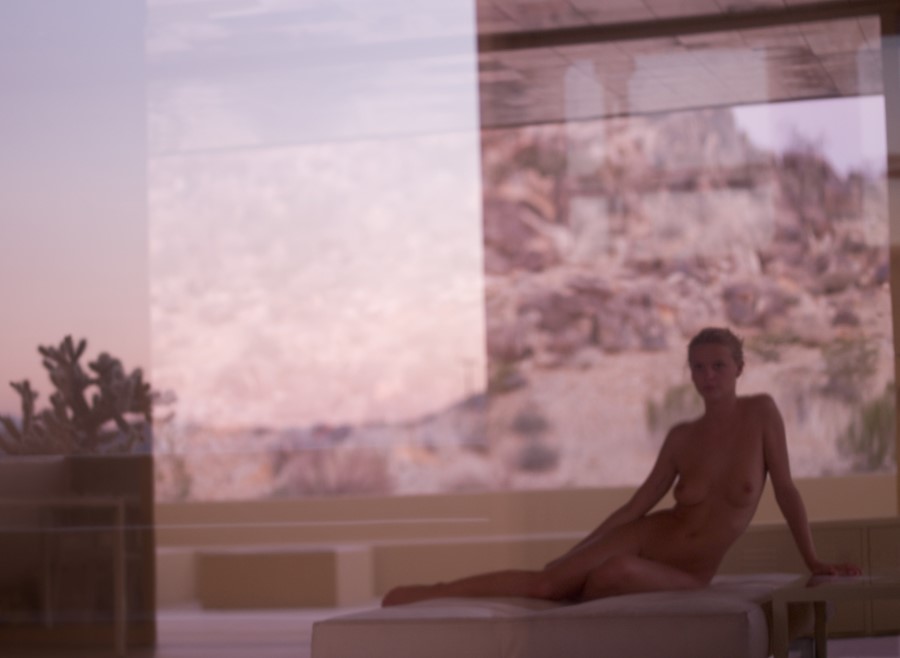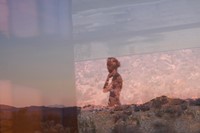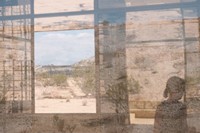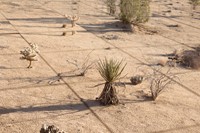Californian Modernism meets with a harsh desert landscape in the Mona Kuhn's hazy new series
A woman stands naked in the desert on the edge of Joshua Tree National Park, in the brittle shadow-lines of a golden Modernist structure. Her name is Jacintha and, stepping back, we can see she has company – Brazilian-born, LA-based artist Mona Kuhn stands behind a camera, capturing her image through a variety of optical planes as the light of the sun morphs her form.
Jacintha is the muse who inspired Kuhn’s latest series, She Disappeared into Complete Silence, named after Louise Bourgeois’ first monograph; Kuhn is adamant that, although her and Bourgeois’ work may appear very different at first, they share “a similar curiosity in using the body and elements of architecture to express the mind and the unconscious”. She’s confident the series is her best work yet; it sees her acclaimed capacity for intimate portraiture fuse with new experimental ways of seeing, an abstraction of the nude that she’s still trying to define.
Combined with the stark angular lines of Modernist architecture and the brutal but beautiful dunes of the desert, Jacintha’s body is distorted, patterned, translucent, reflected, and refracted. Kuhn knows her images are provocative – it’s not everyday you see a woman running around naked in the wild – but she’s interested in harnessing these reactions, encouraging deeper contemplations of both what is really revealed, and more intriguingly, what remains hidden in her images.
In the contemporary world where cameras are commonplace, photography has become a far more complex venture for Kuhn. “I like that it is a fast and democratic medium, everyone can do it,” she says. “Now the challenge is: how do you do it differently to everyone else? That is where the creative journey starts.” Photography for her is a means of creating a “visual vocabulary” as much as it is about depicting the world and people around her. She’s preoccupied with those things that “we cannot easily define”.
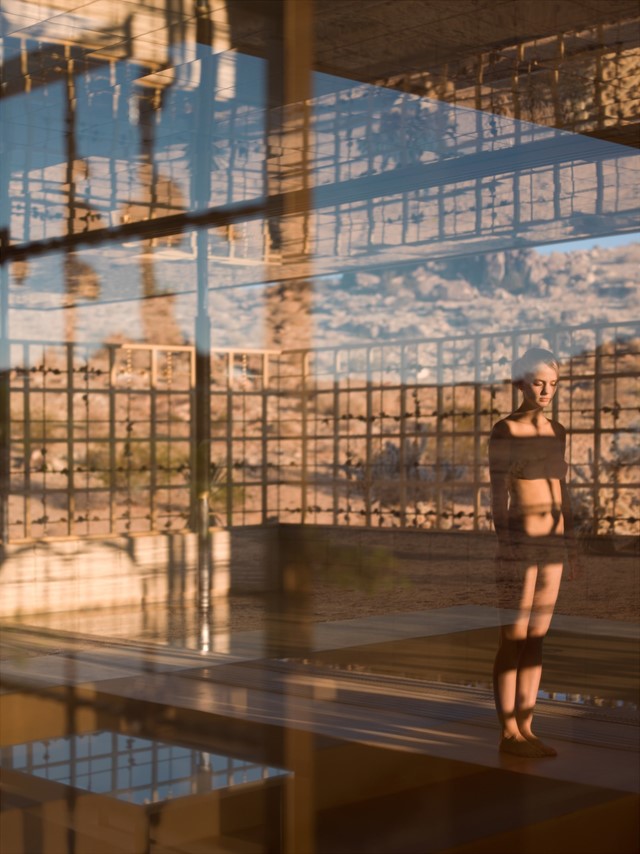
Kuhn declares that intimacy with her subjects is paramount. “I don’t like to hide behind equipment,” she says. Shooting in such a powerful landscape, therefore, had a strong impact on her and Jacintha; their aim was to create a surreal desert hallucination with just a pinch of Californian hedonism. “We stayed there for several days and could feel the desert elements testing us, not just physically but also spiritually,” she says. “The desert light and landscape were pivotal. They offered many layers of unfolding metaphors.” At first she simply enjoyed working with “variations of the same element: sand, glass and mirrors.” But as soon as she brought a body into the mix the process became “a balancing act between the human scale, the desert landscape and geometric abstractions.”
Deserts have long been places of contemplation and reflection, where the strength of humanity is tested. For Kuhn the connection goes deeper than that, the desert landscape “a perfect place to test one’s existential understanding.” The answers to her questions? In the photographs, of course. “All the creativity comes from within,” she says. “You need to become your own shaman. Everything else follows.”
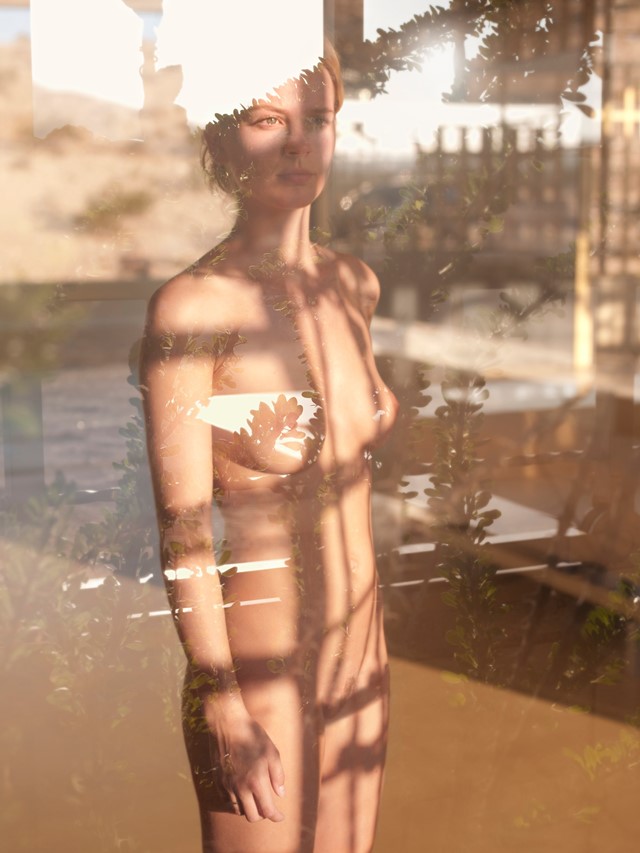
She Disappeared into Complete Silence will be published by Steidl this autumn. Another series, Poems, will show with Flowers Gallery at Photo London in May.
